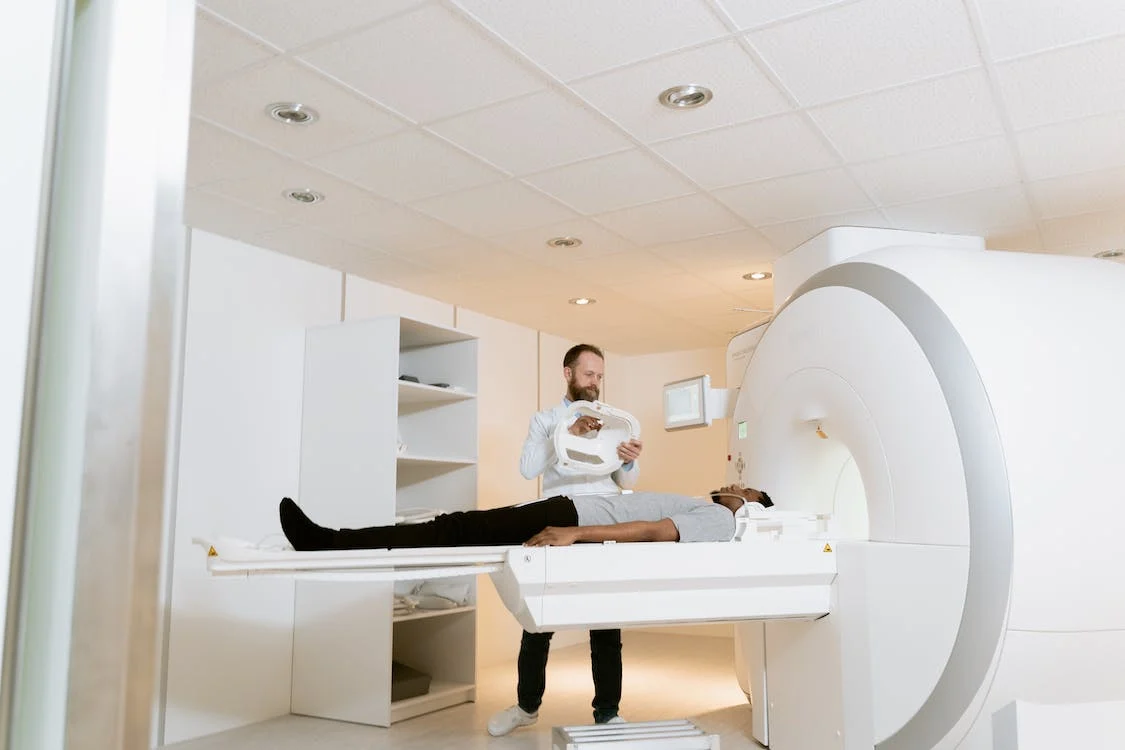If you have been injured in an accident, it is essential to seek medical attention as soon as possible. Your health and well-being are the most important things to focus on after an accident. However, if you are planning to file a personal injury claim, there are additional steps you need to take to build a strong case. One of these steps is to obtain an MRI.
Magnetic resonance imaging (MRI) is a non-invasive medical procedure that uses a powerful magnetic field and radio waves to create detailed images of the inside of your body. MRIs are commonly used to diagnose and evaluate a wide range of medical conditions, including injuries caused by accidents.
An MRI is a valuable tool in a personal injury claim because it can provide clear evidence of your injuries. Unlike X-rays, which only show bones and can miss soft tissue injuries, an MRI can capture images of muscles, ligaments, tendons, and other soft tissues. This means an MRI can help your doctor or healthcare provider identify and diagnose injuries that may not be visible on an X-ray, such as a torn ligament or a herniated disc. These injuries may not only be painful, but can also cause significant medical expenses and impact your ability to work or enjoy your normal activities.
When it comes to a personal injury claim, having clear evidence of your injuries is critical. Insurance companies and other parties involved in the claim may try to argue that your injuries are not as severe as you claim or that they were pre-existing. An MRI can help refute these arguments by providing objective evidence of your injuries and the extent of the damage.
In addition to providing evidence of your injuries, an MRI can also help show the progression of your recovery. After an injury, it’s important to document your treatment and recovery process. An MRI can be a valuable tool in this process, as it can show how your injuries have changed over time. For example, if you have a herniated disc, an MRI can be taken immediately after the injury and then again several months later to show whether the injury has healed or gotten worse.
Documenting the progression of your recovery is important in a personal injury claim because it can show that you are taking your injuries seriously and doing everything you can to get better. It can also help support any claims for ongoing medical treatment or expenses related to the injury.

Finally, an MRI can be a powerful tool in negotiations or in court. If your case goes to trial, an MRI can provide compelling visual evidence of your injuries and the impact they have had on your life. This can be particularly effective in cases where the injuries are not visible to the naked eye, such as soft tissue injuries.
In negotiations, an MRI can help you make a stronger case for the compensation you deserve. By providing clear evidence of your injuries and their impact, an MRI can help you negotiate a fair settlement that covers your medical expenses, lost wages, and other damages.
It’s important to note that an MRI can be expensive, and not all insurance policies cover the cost of this procedure. However, if you are pursuing a personal injury claim, your attorney may be able to help you obtain an MRI through a third-party medical provider or by working with the insurance company to cover the cost.
In conclusion, if you have suffered a personal injury, an MRI can be an important tool in supporting your claim for damages. By providing clear evidence of your injuries, documenting your recovery, and providing compelling visual evidence, an MRI can help you make a stronger case for the compensation you deserve. If you are pursuing a personal injury claim, be sure to speak with your doctor or healthcare provider about whether an MRI may be appropriate for your situation, and discuss your options with your attorney.
